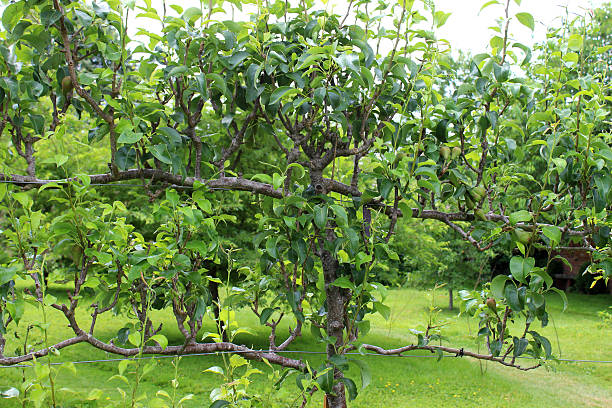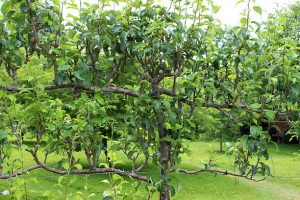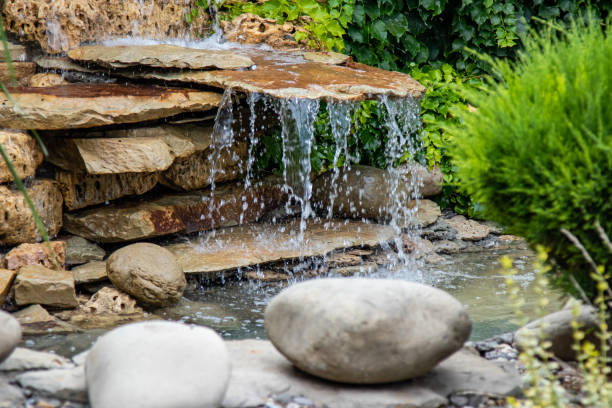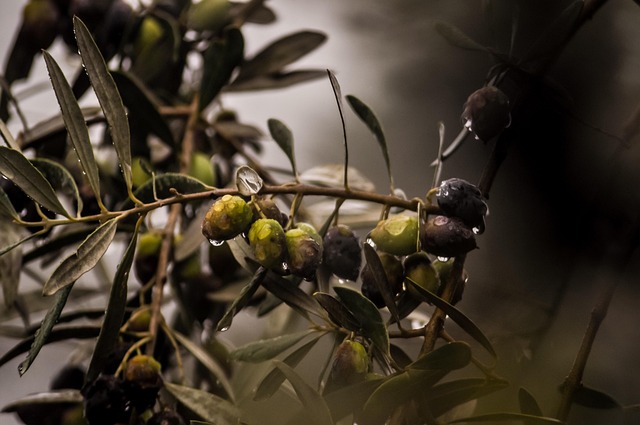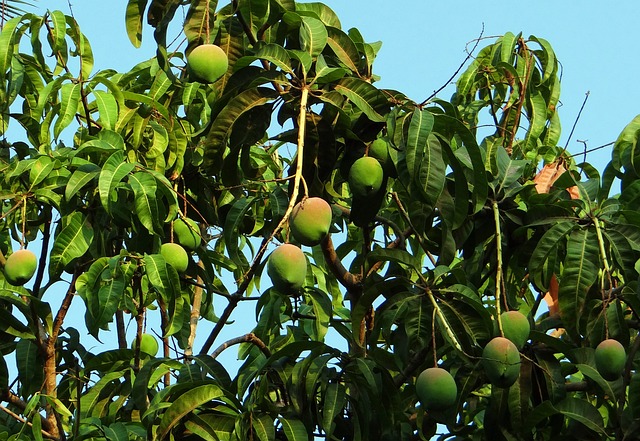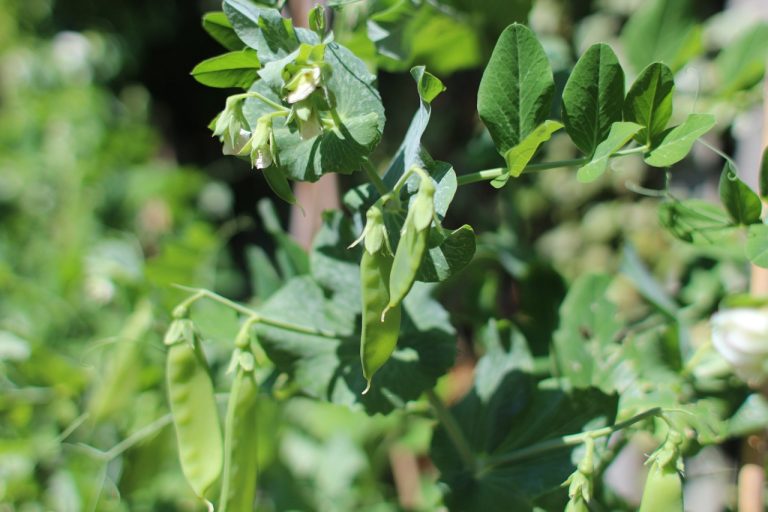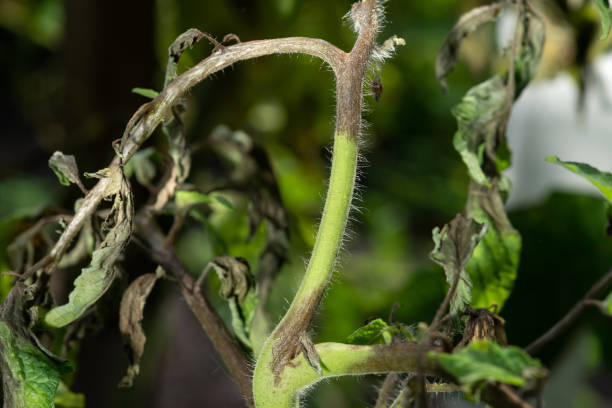How to Train a Free-Standing Apple Tree? 2 best ways
Imagine strolling through an orchard where nature’s artistry takes the form of a free-standing apple tree, standing tall and proud, defying gravity’s pull. It’s a mesmerizing sight, one that beckons you to delve into the secrets of nurturing these arboreal marvels.
How to Train a Free-Standing Apple Tree
In the world of horticulture, the art of training a free-standing apple tree is akin to sculpting a masterpiece a dance of patience, knowledge, and a touch of green magic.
As we embark on this journey, prepare to unlock the enigmatic allure of coaxing a tree to stand on its own, an endeavor that promises not just bountiful harvests but a profound connection with the essence of life itself.
Welcome to the realm of training the free-standing apple tree, where each twist and turn of a branch tells a tale of artistry and resilience.
Reasons for training an apple tree
Training an apple tree is essential for several reasons:
Fruit Production:
Apple trees, if left untrained, may produce an abundance of small, low-quality fruit. Training helps direct the tree’s energy into producing larger, tastier fruit by managing the number and distribution of branches and fruiting wood.
Sunlight Exposure:
By training the tree to a specific shape, such as an open-center or central-leader structure, you can ensure that sunlight reaches all parts of the tree. This is crucial for photosynthesis, which is necessary for fruit development and quality.
Air Circulation:
Properly spaced branches allow for better air circulation within the tree. This reduces the risk of fungal diseases and improves overall tree health.
Ease of Harvest:
Training the tree makes it easier to access and pick the fruit, which is essential for both home gardeners and commercial orchards.
What does training an apple tree mean?
Training an apple tree refers to the process of shaping and guiding its growth to optimize fruit production and overall health. This typically involves pruning, staking, and providing proper care. Key aspects of training include:
Pruning:
Removing dead or diseased branches, as well as those growing in undesirable directions, to encourage the growth of healthy limbs and promote air circulation.
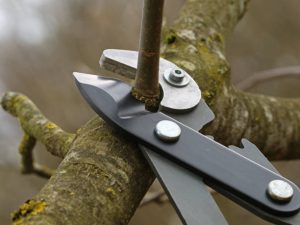
Support:
Using stakes or trellises to support the tree’s branches, especially when young, to prevent breakage and ensure proper spacing between branches.
Shaping:
Encouraging the tree to grow in a desired shape, like an open-center or central-leader structure, which can improve sunlight exposure and make harvesting easier.
How to train an apple tree?
Structural Strength:
Training includes pruning to develop a sturdy framework of branches. This helps prevent branch breakage under the weight of fruit and reduces the risk of long-term damage
Sculpting Sunlight Abundance:
Training a free-standing apple tree with the Modified Central Leader method is like sculpting nature’s art, creating a tree that bathes in sunlight to yield a bountiful harvest.
Training apple tress:
Training an apple tree with the Modified Central Leader system is akin to conducting a symphony in your orchard, harmonizing the central trunk and scaffold branches for a fruitful performance.
Scaffold Branches:
These are the main horizontal branches that grow from the central leader. The modified central leader system emphasizes selecting and training these scaffold branches to be well-spaced, strong, and at an appropriate angle (usually around 60-70 degrees) from the central leader.
Central Leader:
This refers to the main vertical trunk of the tree. In the modified central leader system, the central leader is typically dominant and extends vertically upwards.
Modified central ladder
The “Modified Central Leader” is a pruning and training system commonly used for shaping and managing the growth of fruit trees, including apple trees. This system aims to create a strong central trunk (the leader) with well-spaced, scaffold branches that radiate outward in a balanced manner.
The “modified” aspect implies some flexibility and adjustments based on the specific needs of the tree and the preferences of the grower.
Year 1:
Planting:
Choose a sunny location with well-drained soil for your apple tree. When planting, make sure the graft union (the point where the scion is attached to the rootstock) is above the soil level.
Select Central Leader:
Identify the most vigorous, straight, and dominant shoot emerging from the top of the tree (the central leader). This will be the main trunk of your tree.
Prune Away Competing Shoots:
Remove any other vertical shoots or branches that may compete with the central leader. You want to encourage one strong central leader to grow upward.
Select Scaffold Branches:
Choose 3-5 well-spaced branches emerging from the central leader at different heights. These scaffold branches will form the main structure of your tree. Angle these branches at approximately 60-70 degrees from the central leader to create an open canopy.
Remove Diseased or Dead Wood:
Inspect the tree for any diseased or dead branches and prune them away to maintain tree health.
Year 2:
Continue Central Leader Growth:
Ensure that the central leader is still the tallest part of the tree. Trim away any competing shoots or branches that may try to take over as the central leader.
Scaffold Branch Training:
Check the selected scaffold branches and trim away any competing shoots or branches that are growing too close or vertically. Encourage the scaffold branches to grow outward and maintain their desired angles.
Minor Pruning:
Remove any small, unwanted shoots or branches that may be growing inwards or crowding the tree. Focus on maintaining an open canopy.
Year 3 and Beyond:
Prune for Balance:
In subsequent years, continue to monitor the central leader’s dominance and the scaffold branches’ development. Make adjustments as needed to maintain a balanced tree structure.
Pruning for Fruit Production:
As the tree matures, you may need to perform annual pruning to thin out excessive growth and encourage fruit production. Focus on removing crowded, crossing, or weak branches to improve air circulation and sunlight penetration.
Fertilization and Maintenance:
Follow soil test recommendations for fertilizing your tree. Apply mulch to conserve moisture and suppress weeds. Regularly inspect for pests and diseases and take appropriate measures to address any issues.
FAQs about : How to train a free-standing apple tree
Q: What does it mean to “train” an apple tree?
A: Training an apple tree involves guiding its growth in a desired shape or form, optimizing fruit production, and ensuring structural strength.
Q: When is the best time to start training my apple tree?
A: Ideally, start training your apple tree when it’s young, typically during the first few years after planting, to establish the desired framework.
Q: What are the main training methods for free-standing apple trees?
A: Common methods include the central leader system, open center system, and espalier. The choice depends on your space and aesthetic preferences.
Q: Can I train an apple tree into different shapes, like a fan or cordon?
A: Yes, you can! Fans and cordons are specialized forms of apple tree training, often chosen for limited spaces or unique visual appeal.
Q: How do I prune my apple tree during the training process?
A: Pruning is crucial for training. Remove unwanted branches, encourage strong scaffolding branches, and maintain good air circulation to prevent disease.
Q: Do I need any special tools for apple tree training?
A: Basic tools like pruning shears, loppers, and stakes are handy. Consider tree training accessories like spreaders or ties for specific forms.
Q: Can I train a mature apple tree that wasn’t initially trained?
A: While it’s best to start early, you can still train a mature apple tree by gradually shaping it through selective pruning and support.
Q: How do I protect my apple tree from pests and diseases during training?
A: Regularly inspect your tree, use organic or chemical treatments as needed, and maintain a clean orchard environment to minimize risks.
Q: How long does it take to fully train an apple tree?
A: Training duration varies but expect several years to establish the desired shape and structure, with ongoing maintenance afterward.
Q: Can I train more than one apple tree close together?
A: Yes, you can train multiple apple trees in close proximity using techniques like the “espalier” method, creating attractive living fences or walls.
Conclusion:
In conclusion, training a free-standing apple tree is a rewarding and essential practice for orchard enthusiasts and gardeners alike. The journey from a young sapling to a mature, fruit-bearing tree is guided by careful shaping, pruning, and maintenance.
Whether you opt for traditional forms or experiment with innovative designs, the art of training apple trees is a testament to the harmonious relationship between humans and nature.
With patience and dedication, you can transform a simple tree into a bountiful source of delicious apples, adding both beauty and sustenance to your outdoor space.
So, roll up your sleeves, embrace the process, and watch as your trained apple tree becomes a living testament to your gardening skills and the wonders of horticulture.
